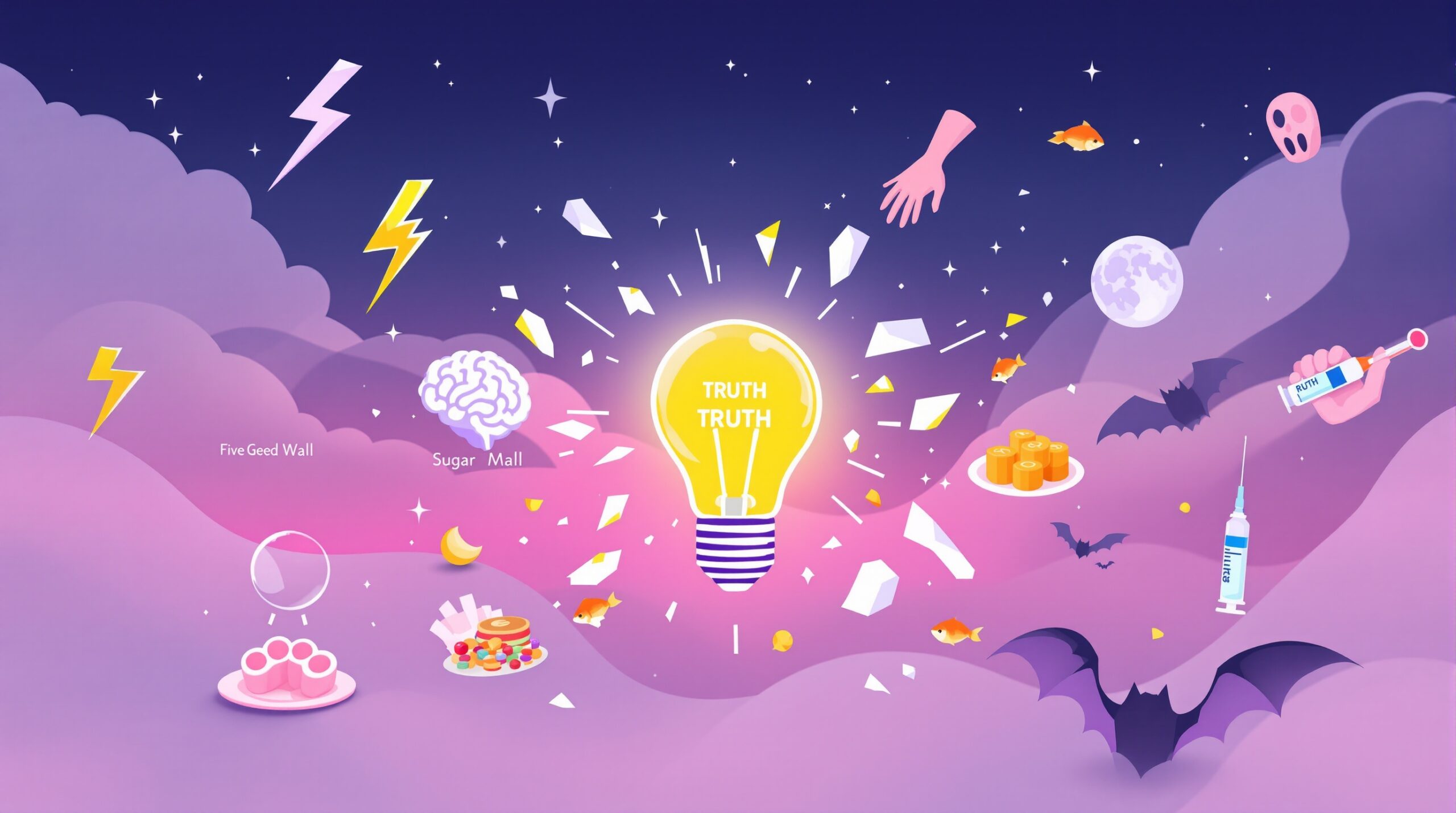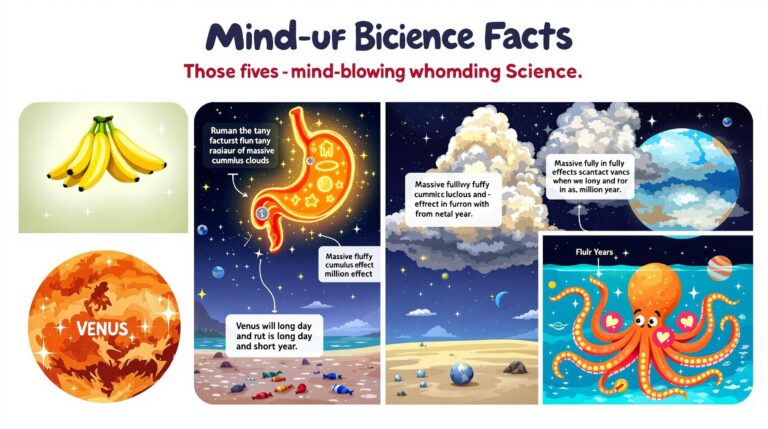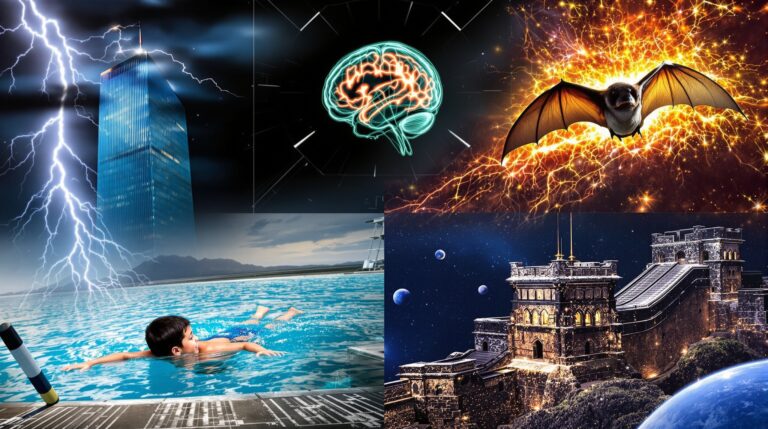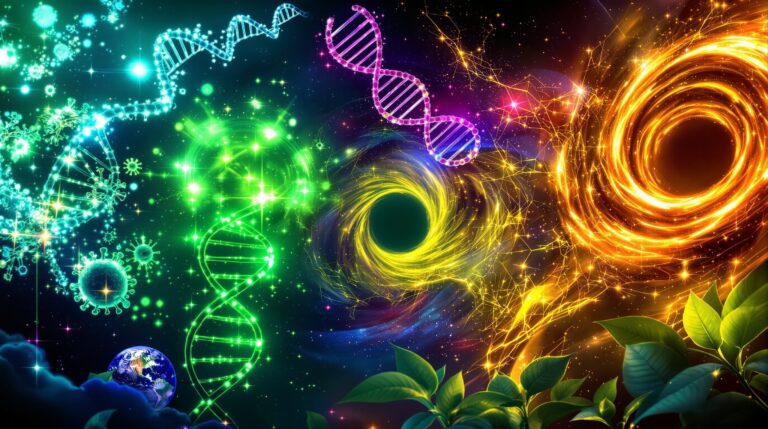10 Science Myths Busted: Unraveling Common Misconceptions with Facts
Unraveling Common Misconceptions with Facts
Introduction
Science fuels discovery, but myths often cloud our understanding. From old wives’ tales to viral misinformation, misconceptions about science persist in 2025. This article debunks 10 prevalent science myths with evidence-based facts, empowering you to separate truth from fiction. Whether you’re a science enthusiast or a curious reader, these insights will sharpen your scientific literacy. Let’s dive in and bust these myths!

1. Myth: Lightning Never Strikes the Same Place Twice
Truth: Lightning can and does strike the same spot multiple times. Tall structures like the Empire State Building get struck dozens of times annually. The National Weather Service notes that lightning follows the path of least resistance, often hitting prominent objects repeatedly.
- Why It Persists: This myth stems from the rarity of witnessing repeat strikes.
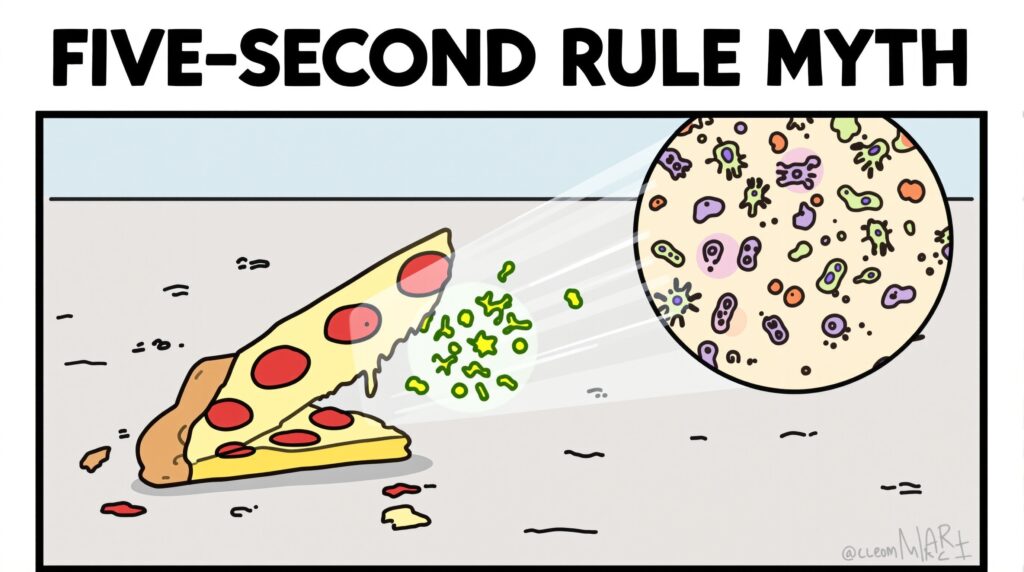
2. Myth: The Five-Second Rule Keeps Dropped Food Safe
Truth: Bacteria contaminate food instantly upon contact with a surface. A 2016 study by Rutgers University found that bacteria transfer within milliseconds, debunking the five-second rule. Moisture and surface type influence contamination speed, but time isn’t a reliable factor.
- Why It Persists: Wishful thinking and anecdotal experiences fuel this myth.
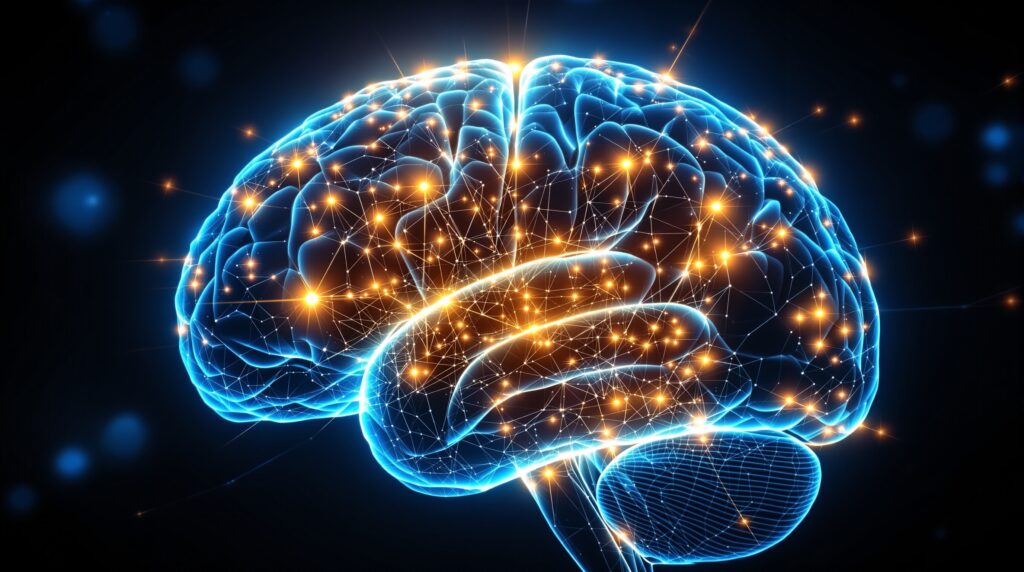
3. Myth: Humans Use Only 10% of Their Brains
Truth: Neuroimaging studies, like those from MIT, show that humans use nearly all brain regions throughout the day. Different tasks activate various areas, and no part remains consistently unused. This myth oversimplifies brain function.
- Why It Persists: Pop culture, like the movie Lucy, perpetuates this idea.

4. Myth: Humans Use Only 10% Causes Arthritis
Truth: The sound of cracking knuckles comes from collapsing gas bubbles in synovial fluid within joints, not bone damage. Studies, including one from Harvard Medical School, show no link between knuckle-cracking and arthritis.
- Why It Persists: The loud noise seems harmful, leading to assumptions.
5. Myth: The Great Wall of China Is Visible from Space
Truth: NASA confirms that the Great Wall isn’t visible from low Earth orbit with the naked eye. Its narrow width and color blending with the landscape make it indistinguishable. This myth exaggerates the wall’s prominence.
- Why It Persists: Romanticized views of the wall’s grandeur fuel this claim.
- External Link: NASA: Great Wall Visibility
6. Myth: Sugar Makes Kids Hyperactive
Truth: Research, including a 1995 meta-analysis in JAMA, found no consistent link between sugar consumption and hyperactivity in children. Behavior changes often stem from excitement or placebo effects during events like parties.
- Why It Persists: Parents notice high energy at sugary events, assuming causation.
7. Myth: Bats Are Blind
Truth: All bat species have functional eyes, and many see well, especially in low light. Echolocation complements their vision, helping them navigate and hunt. The phrase “blind as a bat” misrepresents their abilities.
- Why It Persists: Echolocation’s prominence overshadows bats’ vision.
- External Link: National Geographic: Bat Vision
8. Myth: Vaccines Cause Autism
Truth: Extensive studies, including a 2019 Danish study of over 650,000 children, show no link between vaccines and autism. The myth originated from a debunked 1998 study. Vaccines save millions of lives annually.
- Why It Persists: Misinformation spreads faster than scientific corrections.
9. Myth: The Full Moon Causes Strange Behavior
Truth: Decades of research, including a 1985 study in Psychological Bulletin, found no correlation between lunar phases and human behavior. Anecdotal reports drive this myth, but data show no causal link.
- Why It Persists: Cultural stories and confirmation bias keep it alive.
10. Myth: Goldfish Have a Three-Second Memory
Truth: Studies, like one from the University of Plymouth, show goldfish can remember tasks for months. They can learn to navigate mazes and recognize feeding times, proving their memory is far stronger than three seconds.
- Why It Persists: Their simple appearance leads to underestimating their cognition.
Why Debunking Science Myths Matters
Misconceptions distort our understanding of the world, leading to poor decisions or mistrust in science. By busting these myths, we promote critical thinking and scientific literacy. Content writers play a vital role in delivering accurate, engaging information to combat misinformation effectively.
Tips to Avoid Falling for Science Myths
- Verify Sources: Trust peer-reviewed studies from reputable institutions like NASA or Harvard.
- Question Anecdotes: Personal stories aren’t evidence; seek data.
- Use Fact-Checking Sites: Platforms like Snopes or FactCheck.org clarify myths.
- Stay Curious: Dig deeper into claims that seem too good to be true.
Conclusion
Science myths, from lightning strikes to goldfish memories, often persist due to cultural narratives or misinformation. By debunking these 10 myths with evidence, we’ve clarified the facts and empowered you to think critically. Share this knowledge to foster a more informed world, and stay curious about the science shaping our lives.
Call to Action: Want more science insights? Subscribe to [Your Brand] for weekly articles that unravel the truth behind common misconceptions!

